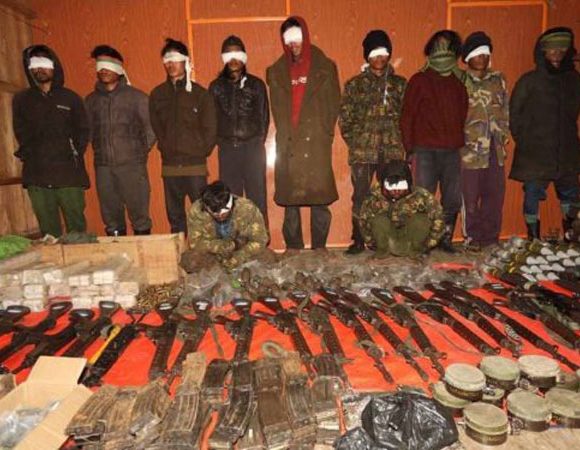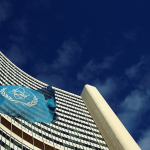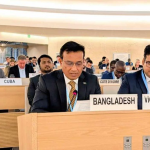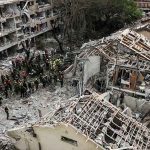Many wars, but nothing like this: Gaza man describes hunger and rage

People so hungry they break into UN warehouses to take whatever they can find. Children terrified of the noise of air strikes. Families using sea water to wash. Men cutting down trees in cemeteries to use as fuel to bake bread, Reuters reports.
And in the morning, on days when the phones work, calls to relatives and friends to check if they have survived another night in Gaza’s two-month-old war between Israel and Hamas.
Ibrahim, a 50-year-old writer who said he did not want to draw attention to himself by giving his full name, said the daily bloodshed, gruesome hospital scenes and hardship of displaced people sleeping rough or in tents were only the most visible elements of a humanitarian calamity felt by all in Gaza.
“More than once, the displaced people became angry and sometimes stormed UNRWA warehouses because hunger is no less deadly than shelling,” he told Reuters in a telephone interview.
“This tragedy is not visible to the world. The scenes of dead bodies, body parts, blood and bombing are visible but this crisis is causing rage among Gazans,” he said.
He was speaking a day after the UN human rights chief Volker Turk described the conditions in Gaza as “apocalyptic”.
A father of five, Ibrahim is among hundreds of thousands of people who have fled their homes in northern Gaza to shelter with families in the southern area, now also the scene of intense fighting between Israel and Hamas.
“The Israeli pressure is not only the pressure of the bombardment,” he said.
Since a week-long truce ended on Dec 1, the flow of aid trucks from Egypt into Gaza has reduced to a trickle that can only reach the southern tip of the strip.
The UN humanitarian office OCHA said on Thursday that for four consecutive days, Rafah on the border with Egypt was the only governorate in Gaza where limited aid distributions took place.
That means empty shelves in the shops, astronomical prices for the few available goods, and a return to bartering.
CEMETERIES
“We burn charcoal and bake on it to feed our children. Food is very limited,” Ibrahim said.
“The basic commodities are missing. There is no milk for infants. We buy whatever is available in the market,” he said, adding that a sack of flour had jumped from about 40 shekels ($10.8) before the war to 500 shekels now.
He said some canned goods had appeared in the shops during the truce, having been trucked in, but had now run out.
“Some people barter. They sell the canned food to buy other goods like rice or lentils if they find them.”
He said that at night, the noise of bombardments, which he described as being like a volcano erupting over the house, kept everyone awake. Morning duties included calling people to see if they were alive, and cutting wood from trees.
“Our cemeteries in Gaza, for example, always have trees. People in the neighborhood went in and began to saw the trees, to cut them down, to use the wood for heating and cooking.”
Also part of the family’s survival routine: fetching water from the sea about once a week, so they can wash.
Ibrahim said anyone who knew Gaza before the war would not recognise it as it looked as if it had been hit by a huge earthquake.
He said he had lived through the first Intifada, or Palestinian uprising, which began in Gaza in 1987, and the second, which began in 2000, as well as a series of wars between Israel and Hamas, but none of them had been anything like this.
“People stayed in their homes. People had some shortages of water or other things, but nothing like now.
“Now there is displacement, killing, hunger and siege. People are seeing their children buried dead under the rubble. We’re enduring all this at once.”
















